Metalwork is vital across countless industries, from construction to automotive manufacturing. But it's not just about cutting and shaping metal; joining pieces together is equally crucial! Welding is the most common method for this. Curious about how welding works? This article will walk you through the essentials.
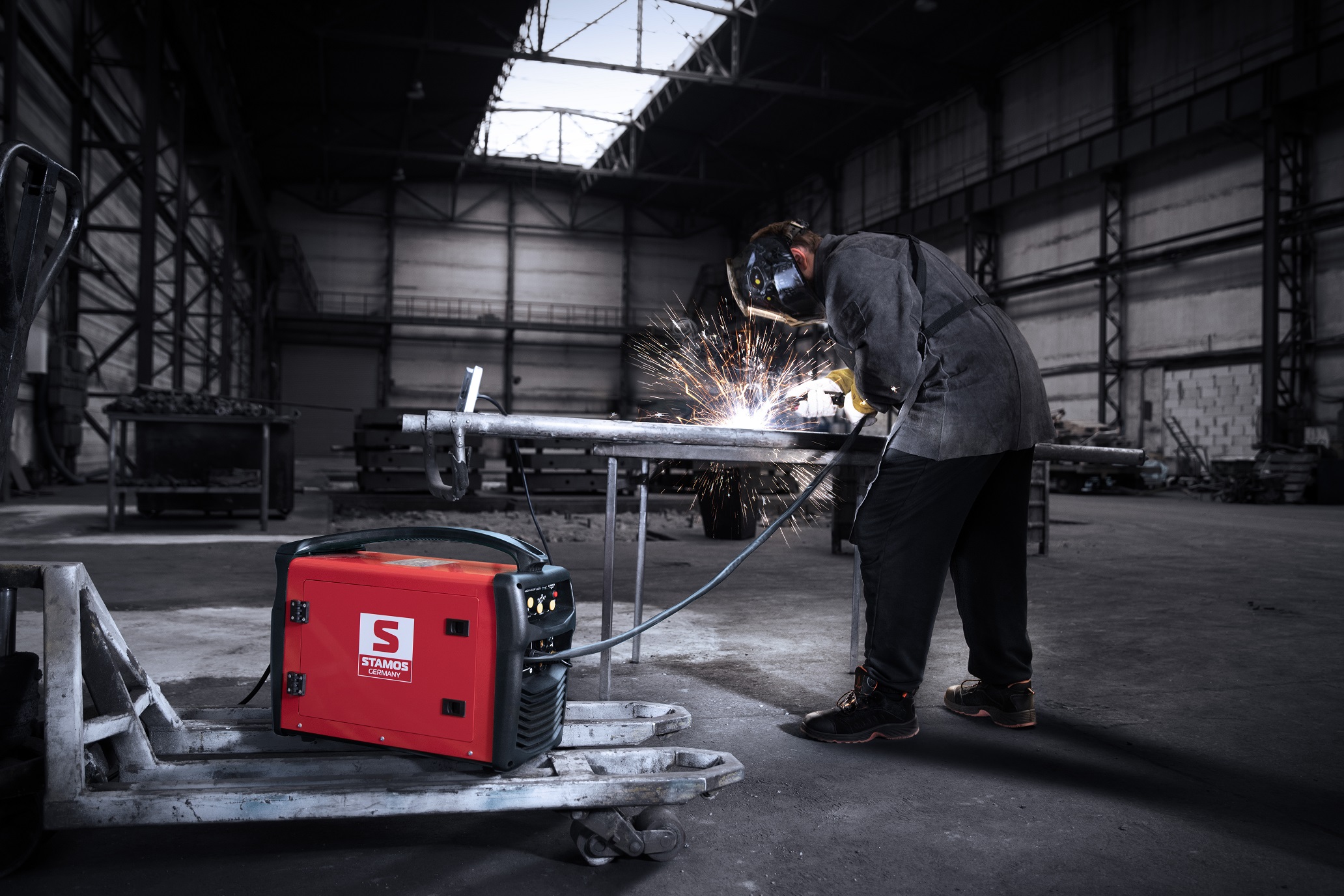
Metalwork is vital across countless industries, from construction to automotive manufacturing. But it’s not just about cutting and shaping metal; joining pieces together is equally crucial! Welding is the most common method for this. Curious about how welding works? This article will walk you through the essentials.
What is welding?
Welding is the process of using high heat to melt and fuse metal parts. Depending on the technique, additional filler materials like electrodes, wires, or rods are often used. These melt alongside the metal to form a solid joint once everything cools down.
Types and methods of welding
Since the invention of welding a number of welding methods have emerged, each harnessing different energy sources or ways of processing materials. Here’s a rundown of the main welding types based on their energy sources:
- Gas welding – uses a gas flame (such as acetylene) to heat the edges of metal parts, fusing steel or non-ferrous metals.
- Electric welding – an electric arc between the electrode and the metal generates the heat needed for welding. It’s effective for metals between 1 and 80 mm thick.
- Thermit welding – a mix of iron oxide and aluminium is ignited, creating an exothermic reaction that produces molten steel. This method is great for welding railway tracks, steel rods, and cast iron components.
- Laser welding – a cutting-edge technique that uses a high-powered laser beam to weld metals like steel, nickel, titanium. It handles all shapes and welding positions with ease.
This article will focus on electric welding, a method extensively used in the automobile industry, mechanical engineering, as well as for DIY projects. We will discuss the different types of welding machines and the three most commonly used methods: TIG, MIG/MAG, and MMA welding.
TIG welding
TIG welding is distinguished by its use of a non-consumable tungsten electrode. The arc’s heat between the electrode and the metal melts the metal, while filler rods can be added to create a stronger weld.
TIG welding relies on an inert gas to protect the weld pool (the molten metal formed during welding) from contamination, which contributes to a more robust and corrosion-resistant weld.
MIG/MAG welding
MIG and MAG welding are very similar techniques. Both involve using a welding wire to create an arc that generates enough heat to melt the wire and form a solid weld between metal parts.
The main difference lies in the shielding gas. MIG uses inert gases like argon, while MAG uses active gases such as carbon dioxide. Inert gases don’t react with the molten metal, whereas active gases do. Both help to protect the weld from external contamination.
Welding with electrodes
Last but not least, let’s discuss electric welding, also known as MMA or stick welding. It uses a metal-core electrode with a special coating. As you weld, the core melts and the coating releases protective gases. This welding technique also leaves slag that needs to be cleaned off once the weld has cooled.
What should I know about aluminium welding?
Welding can be used to join a variety of metals and alloys, but some require extra skill to avoid damaging the material. Aluminium is a prime example.
The tricky part with aluminium welding is its relatively low melting point. If your settings aren’t right, you’ll likely cause more damage than good. Additionally, thin oxide layers can form on the surface, affecting the quality of the weld.
The best methods for welding aluminium are MIG or TIG, both using inert shielding gases like argon. MIG works well for materials over 1 mm thick, while more experienced welders might use pulsed current for thinner aluminium (less than 1 mm).
For beginners, a TIG AC/DC welder is a good choice, as it can handle aluminium up to 10 mm thick. The AC mode also helps keep the weld pool clean when working with aluminium.
How expensive is professional welding?
If you don’t have the right equipment or experience, it’s always best to hire a professional welder. They have the skills to deliver top-quality work – but how much does it cost?
The cost of professional welding depends on several factors, including the welder’s experience, the welding method, the materials used, the complexity of the job, and whether it’s done in a workshop or on-site. Key cost factors typically include:
- Material costs (drilling, cutting, cleaning)
- Labour time for preparation and welding
- Energy consumption
- Additional services such as painting
The most common pricing method is based on the cost per centimetre of weld, though some workshops charge per square or linear metre. For items like gates or fences, you’ll often get a fixed price per fin1ished product.
The ABCs of welding – in summary!
Welding is a widely used technique for joining metals, and it’s essential in industries like automotive manufacturing, household product creation, and the construction business.
If you’re interested in welding, make sure you have the right tools. For tips on choosing the best equipment, make sure to read our guide to how to choose an inverter welder.
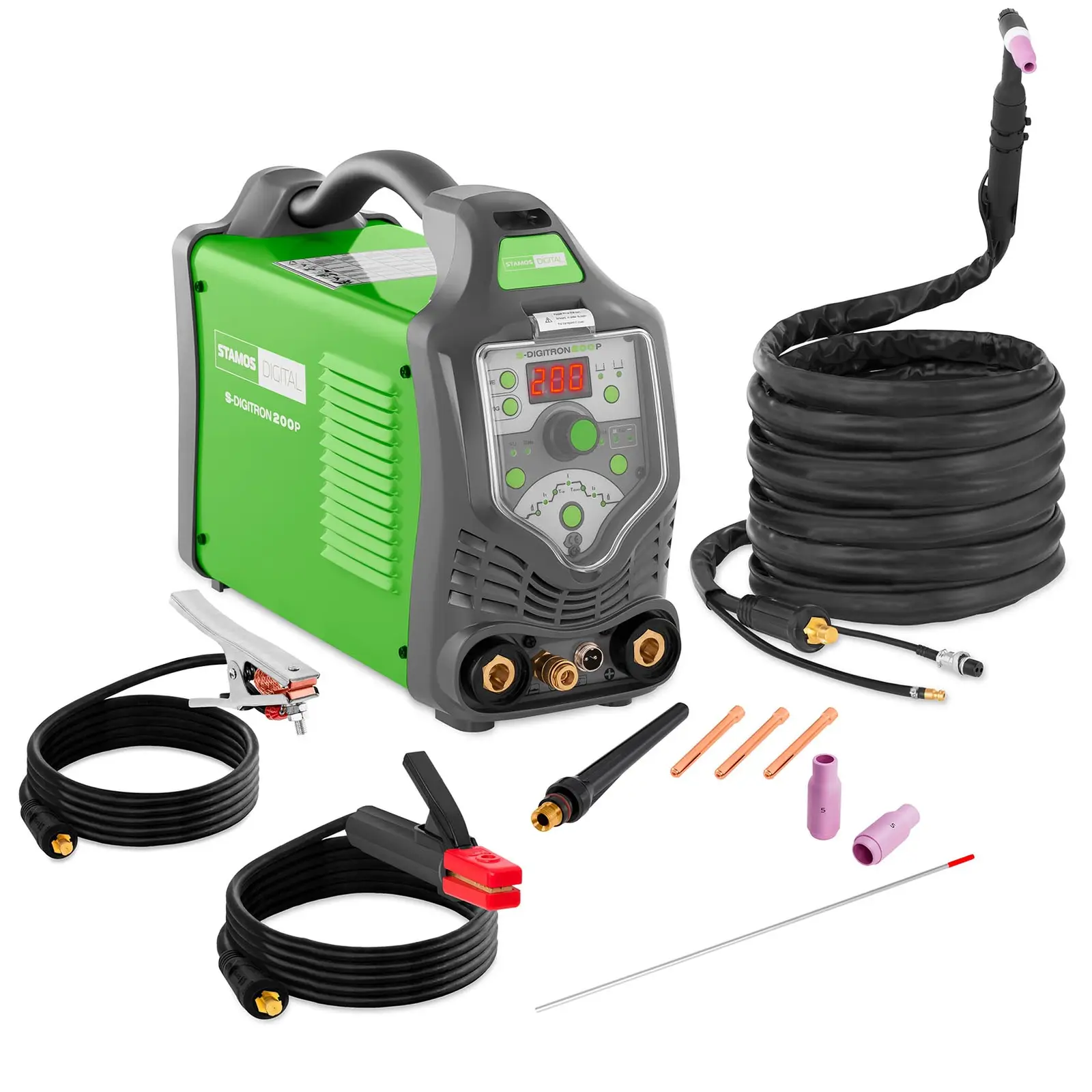
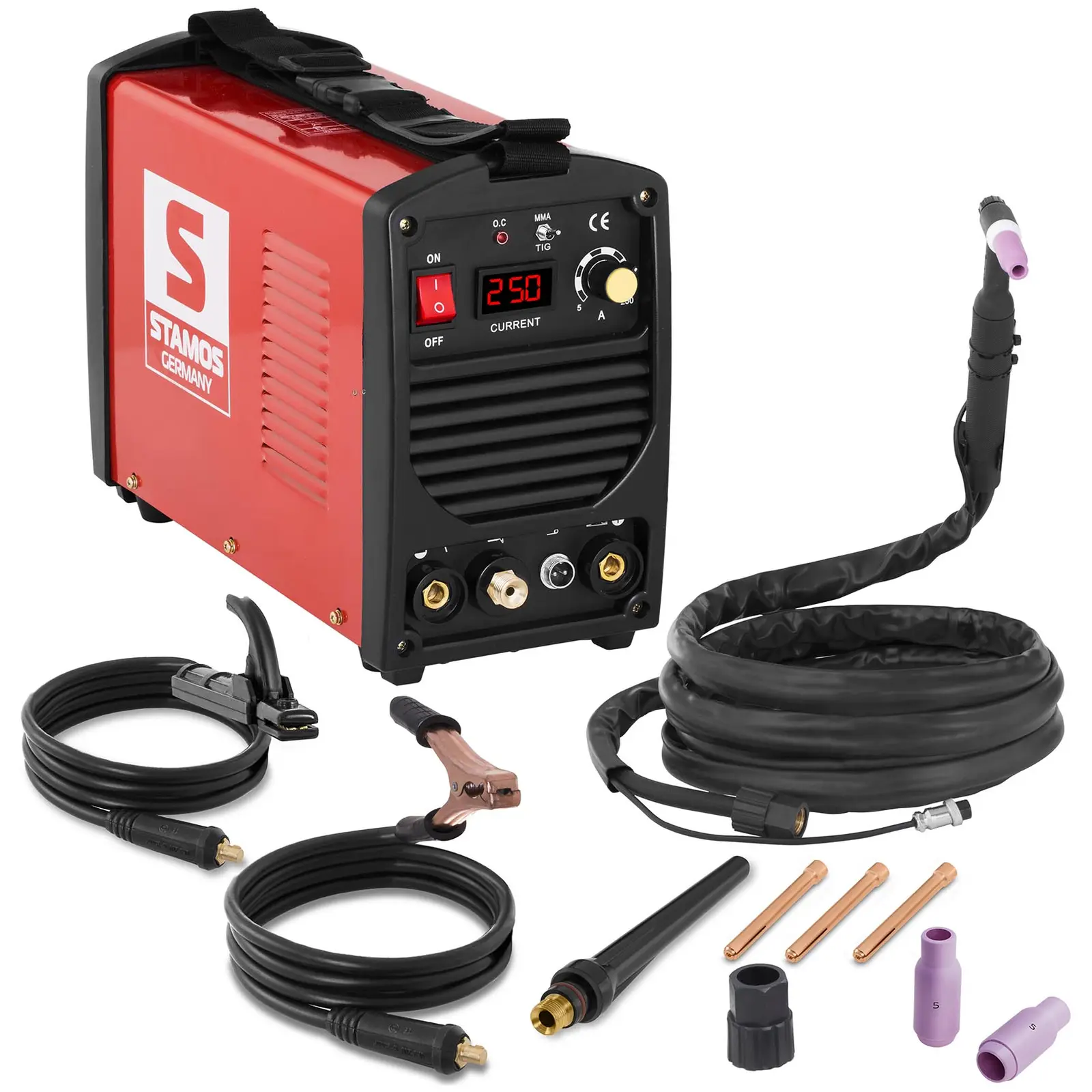


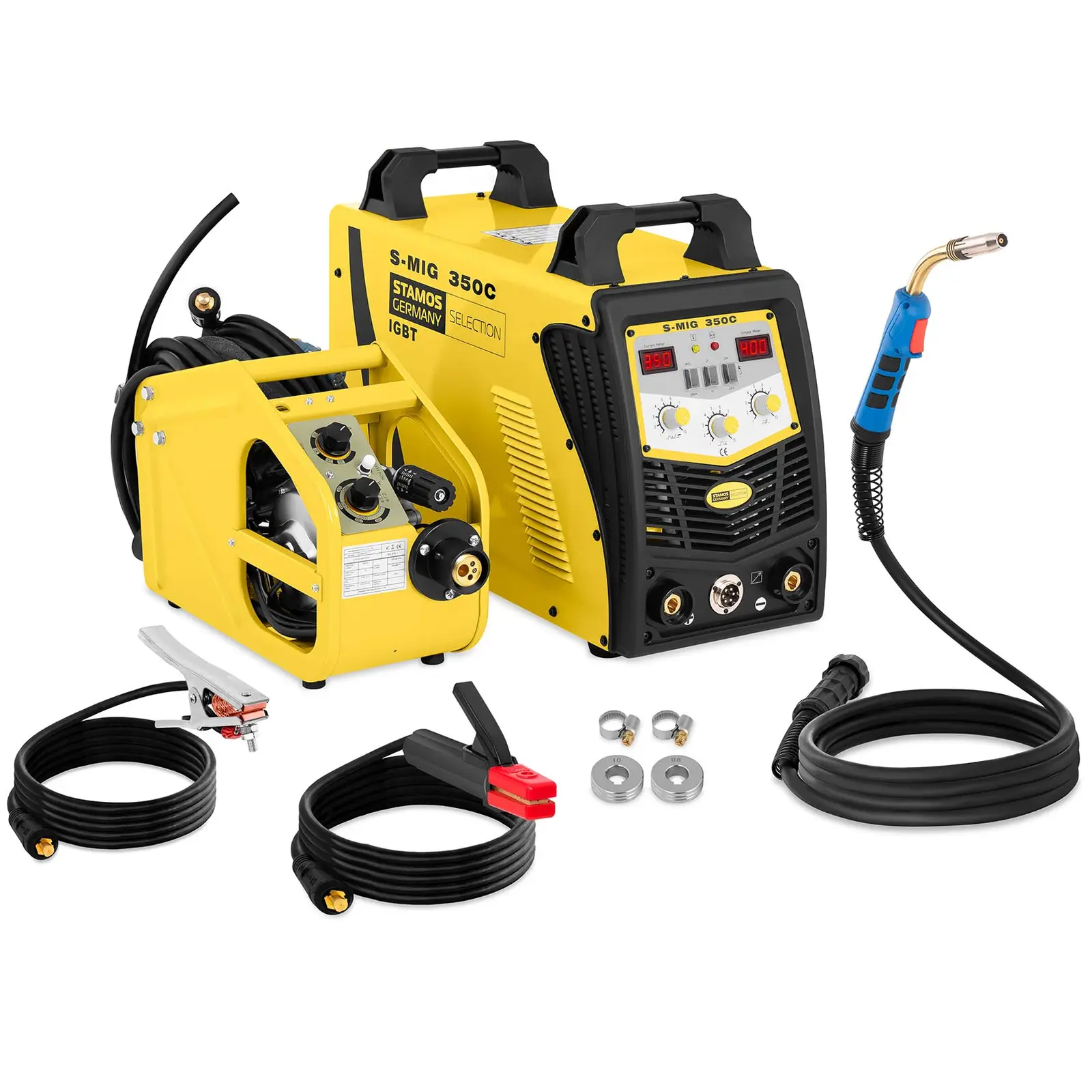
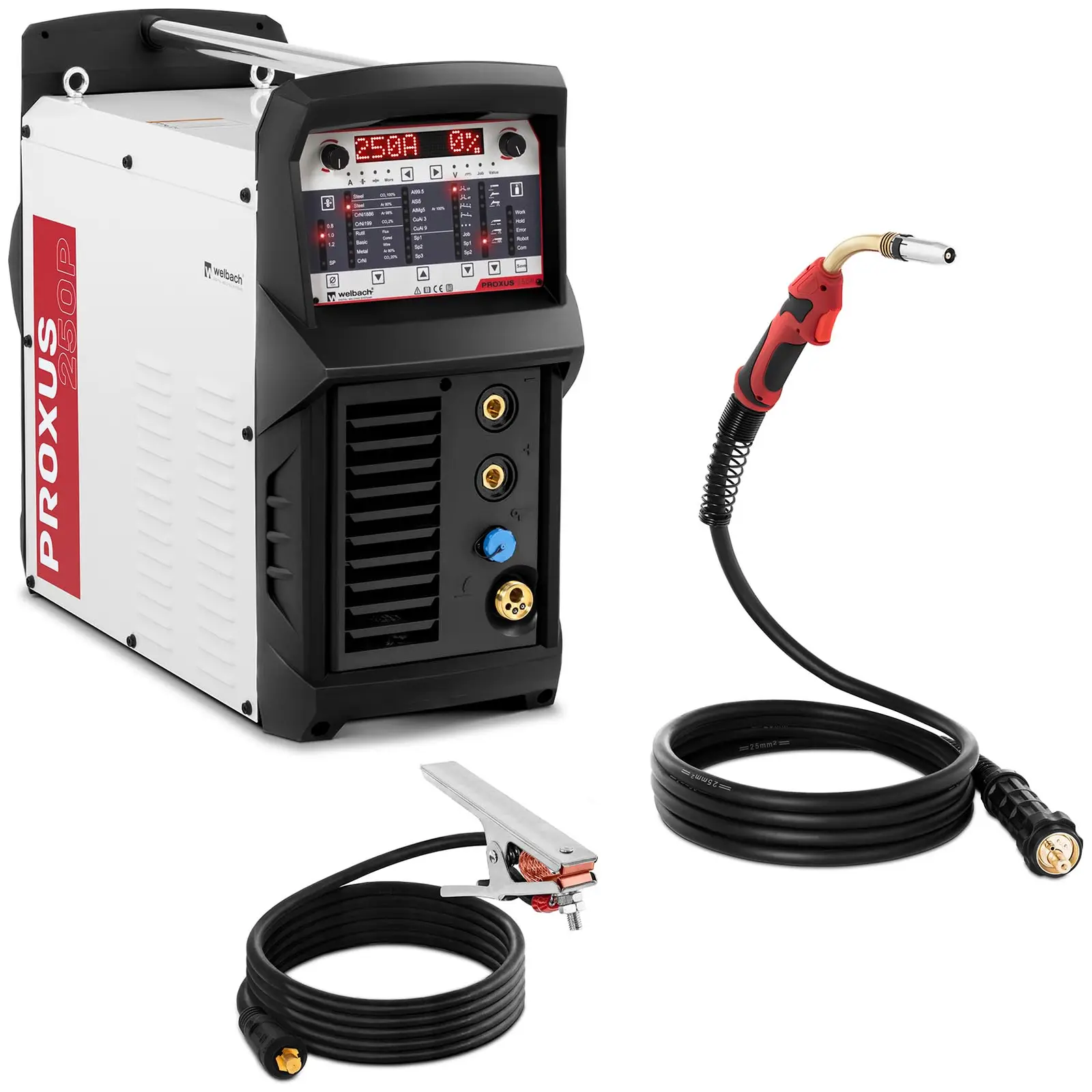
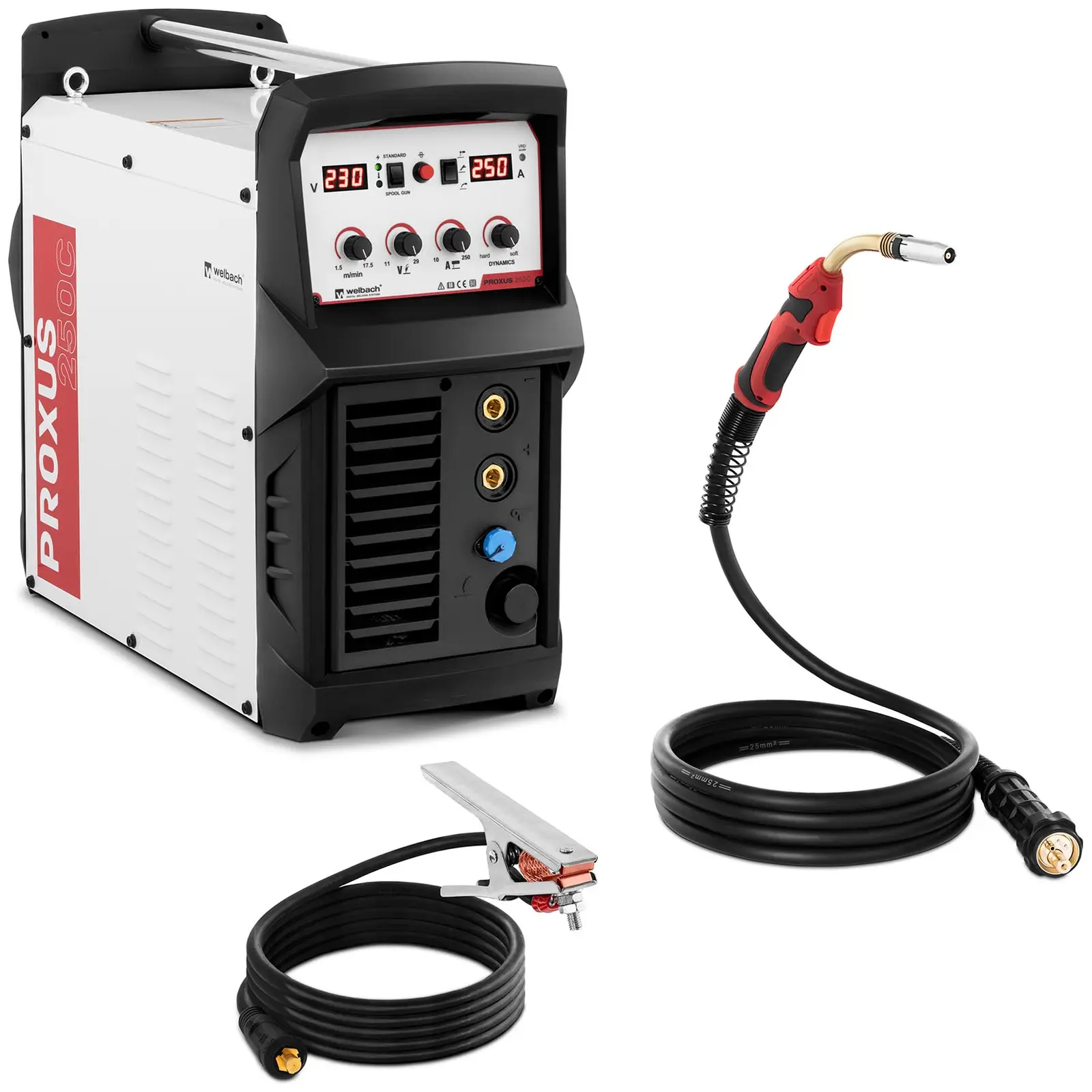

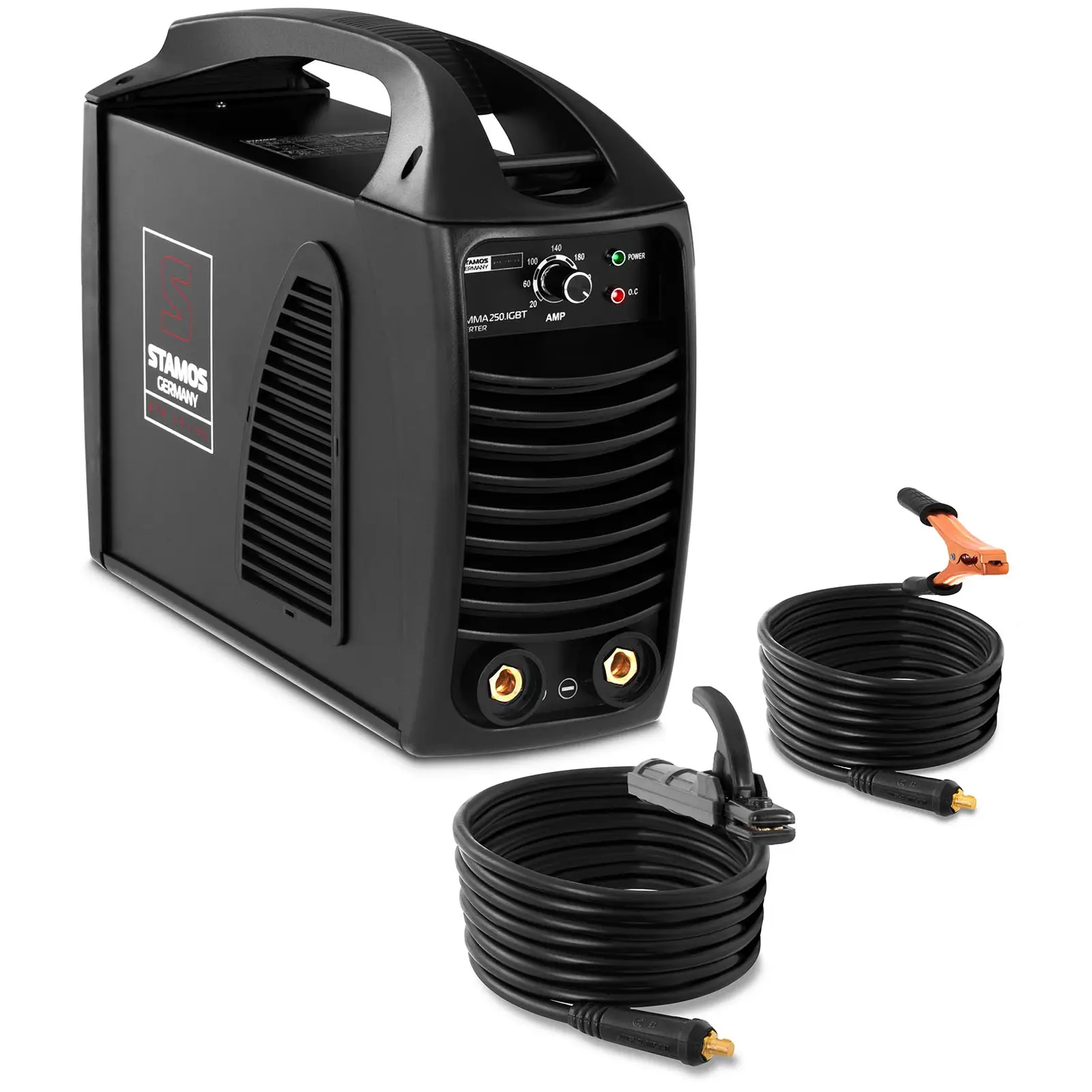

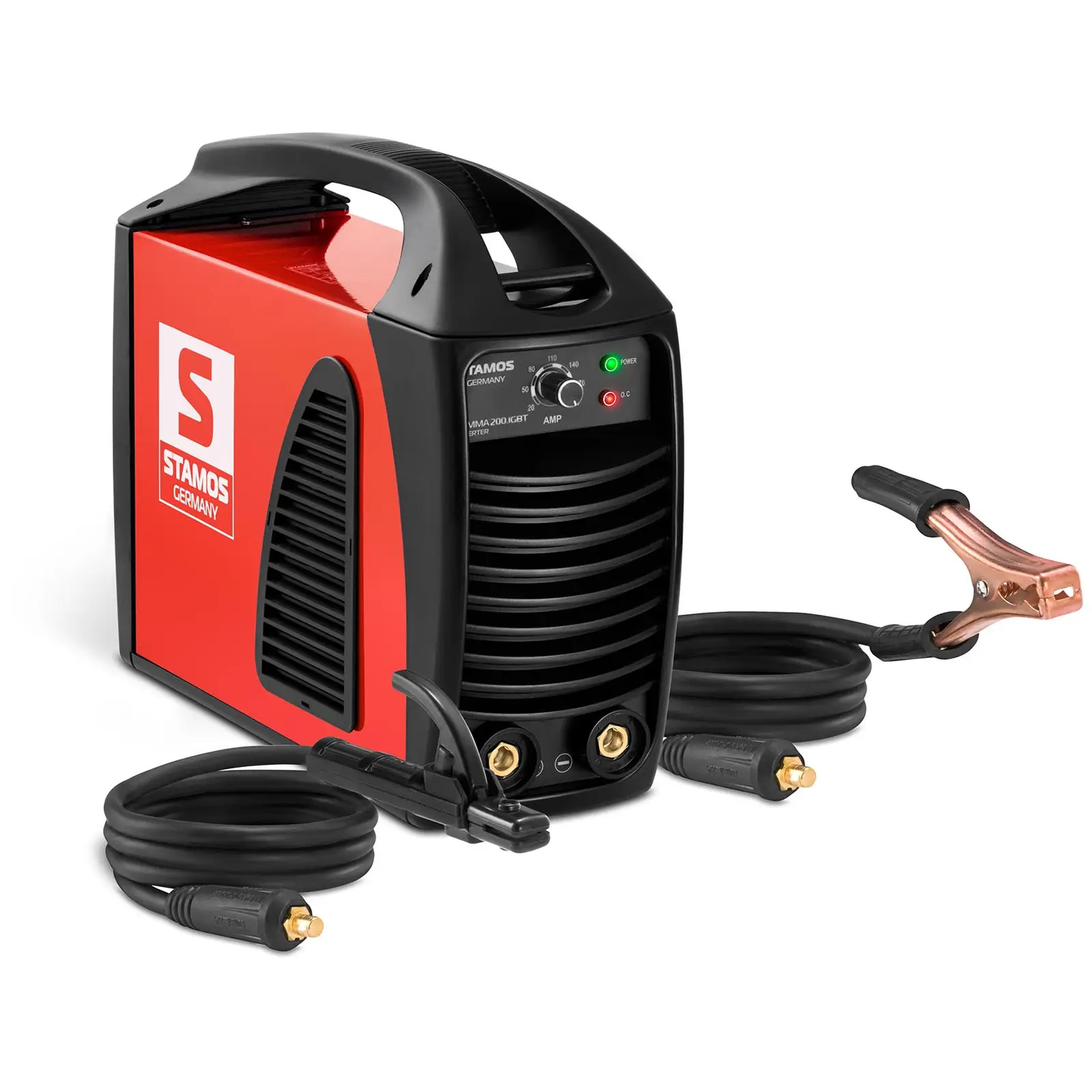
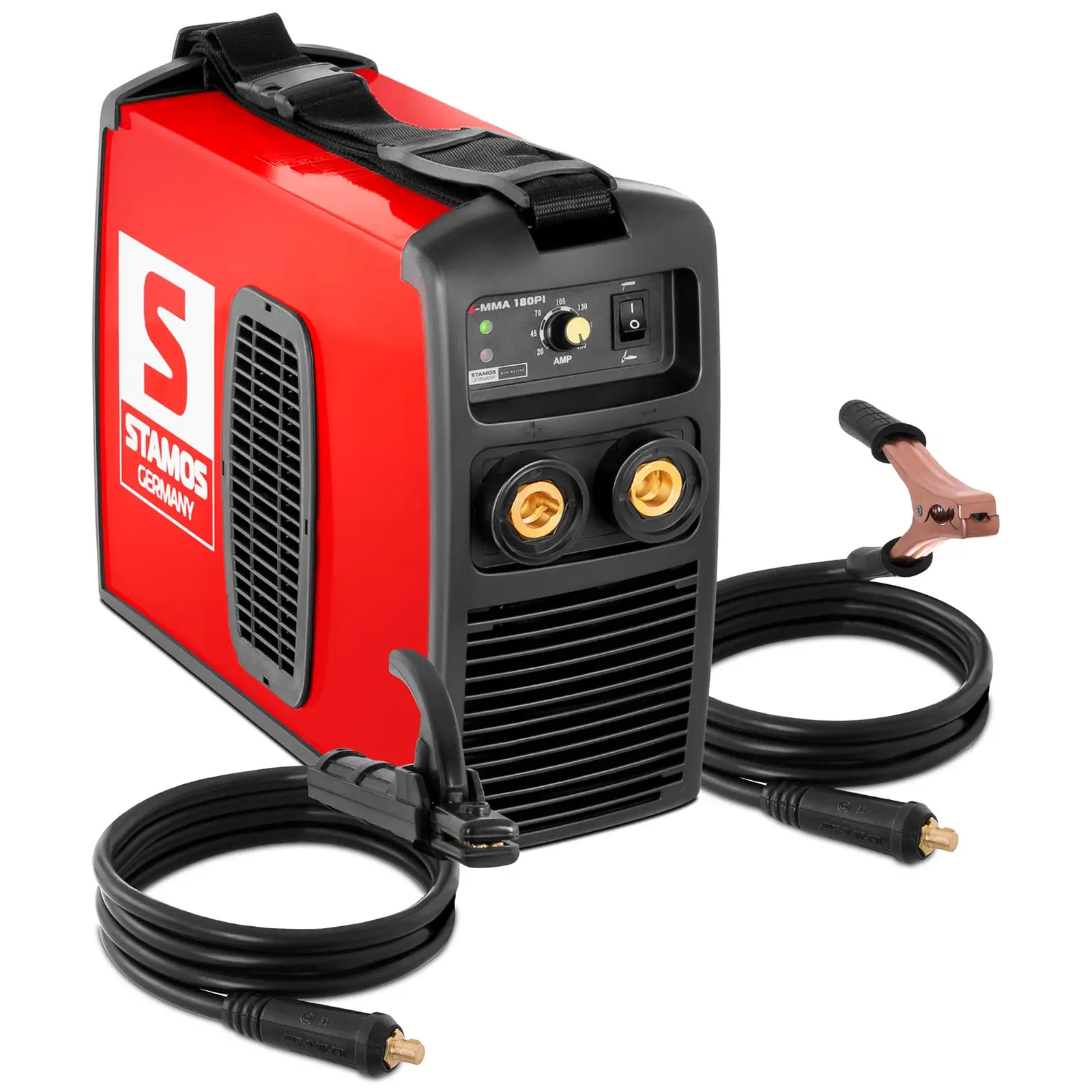


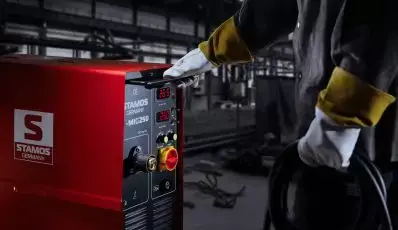
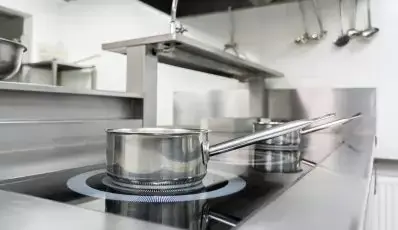
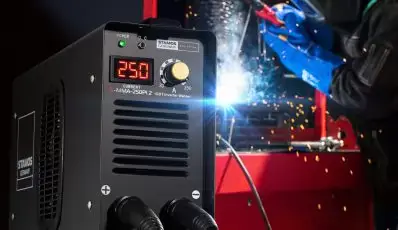

Share